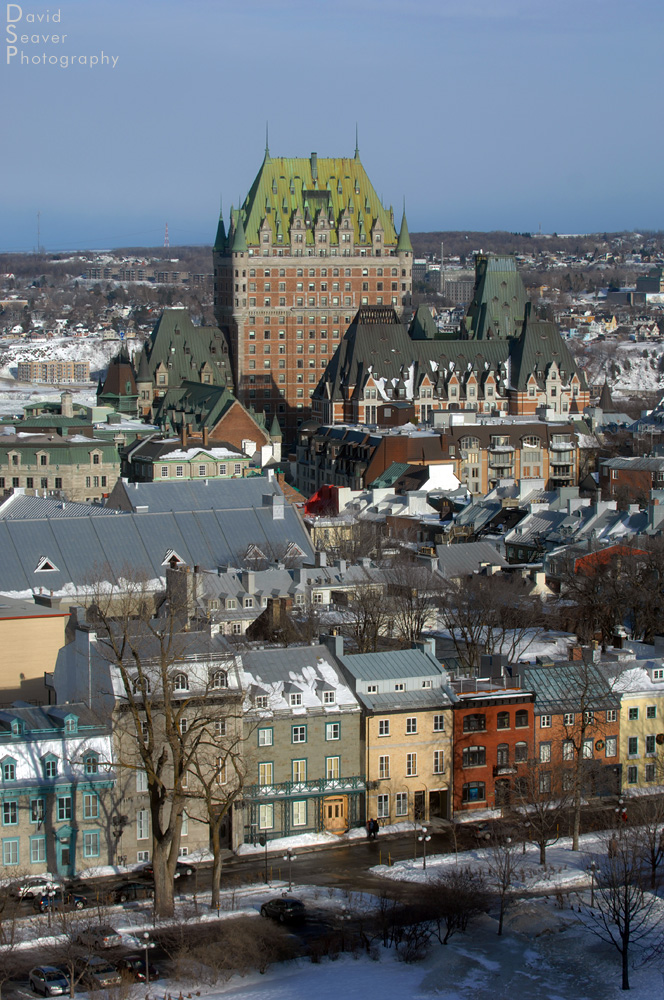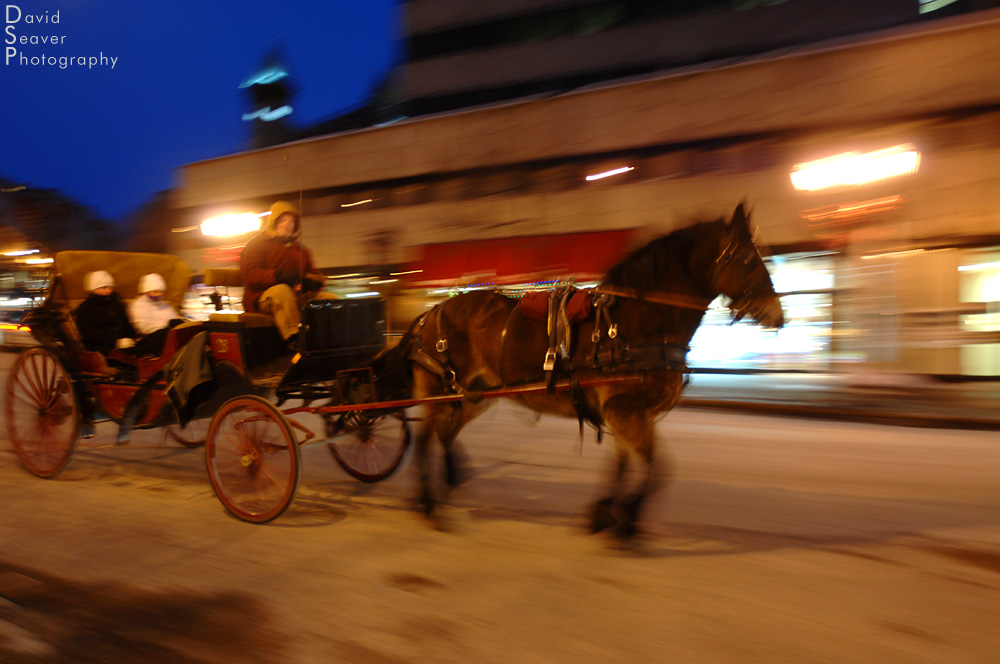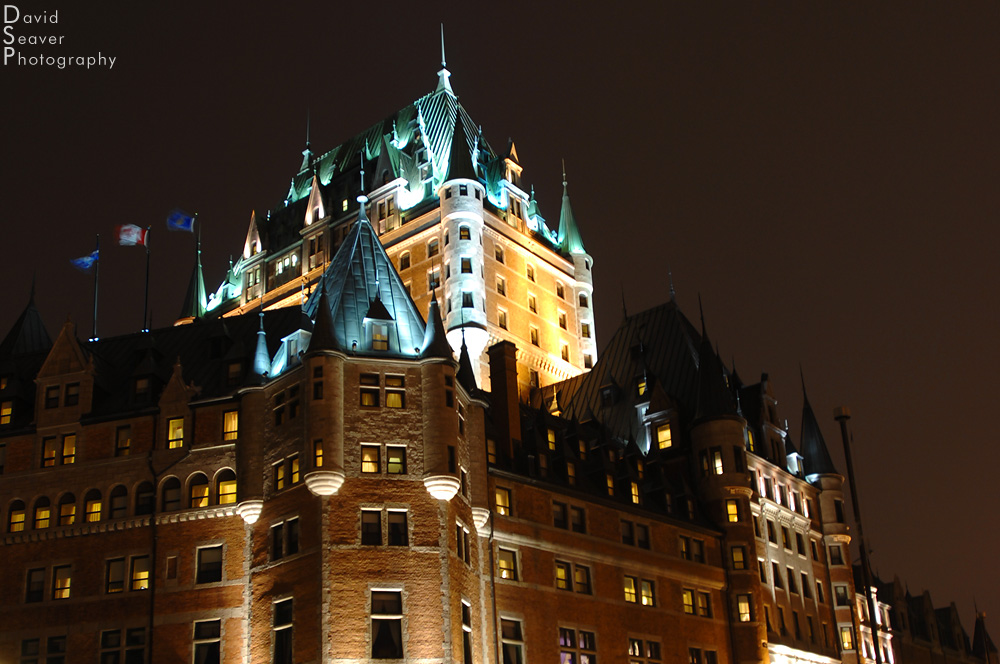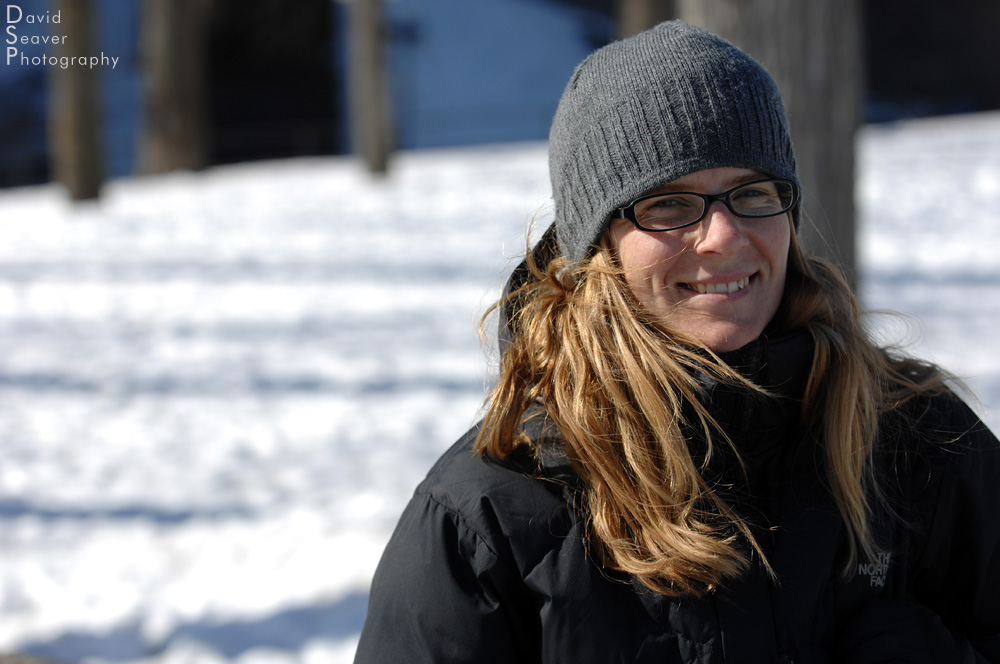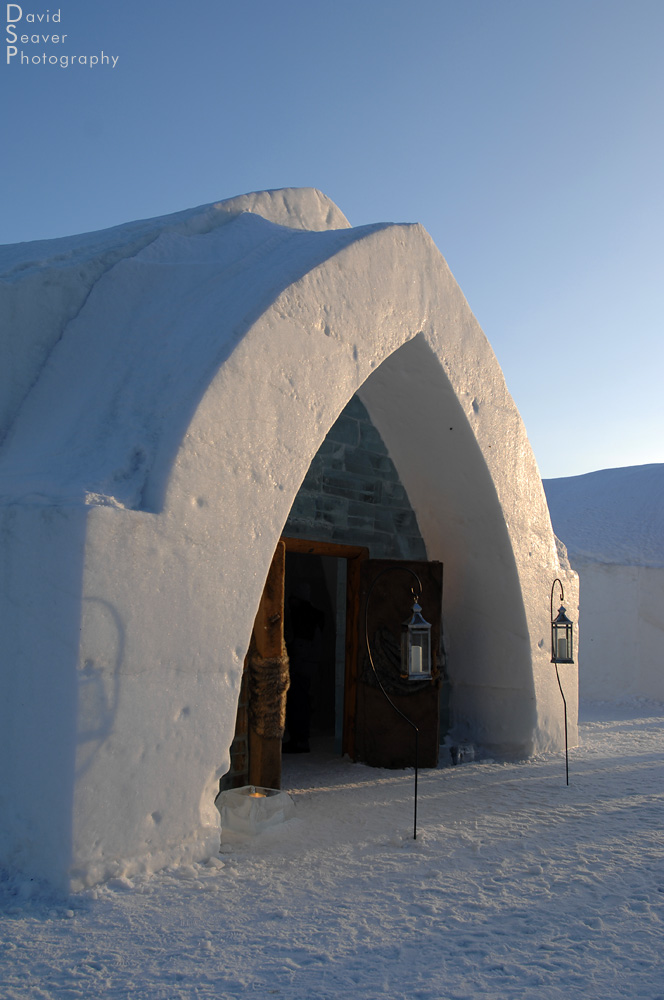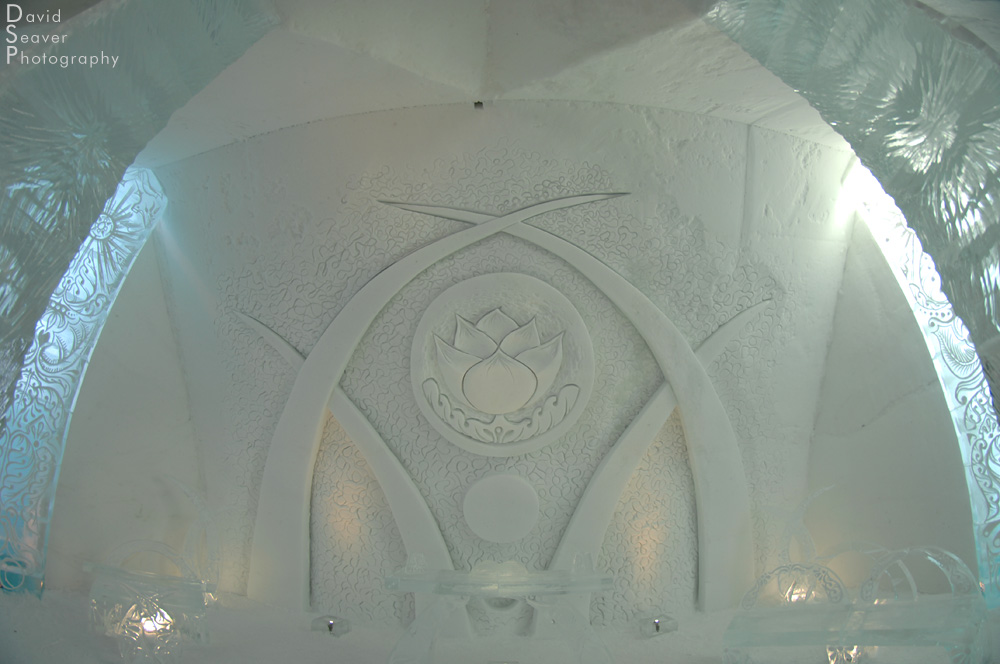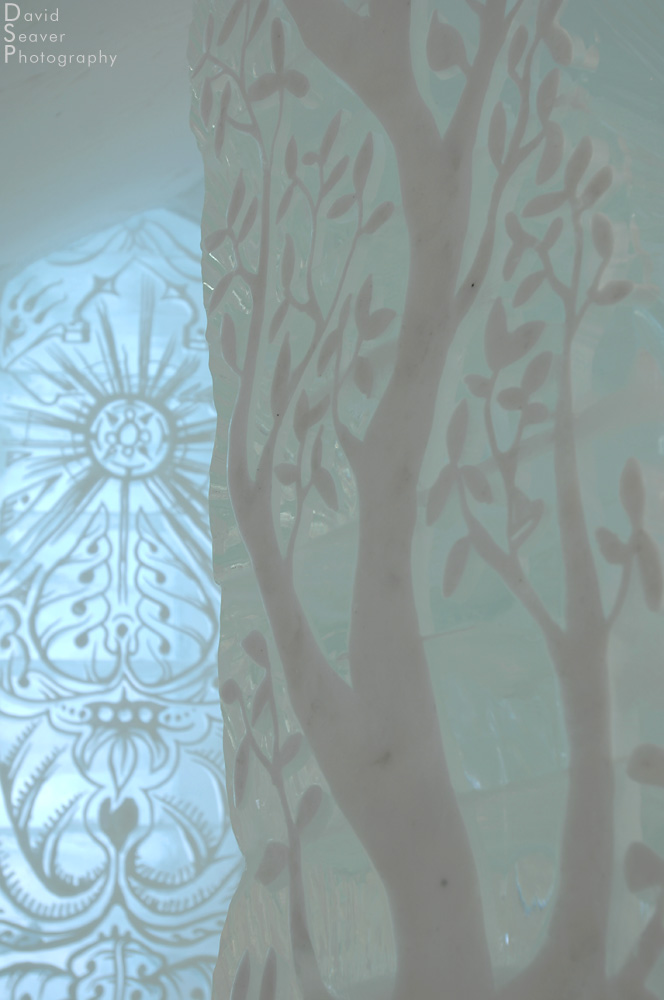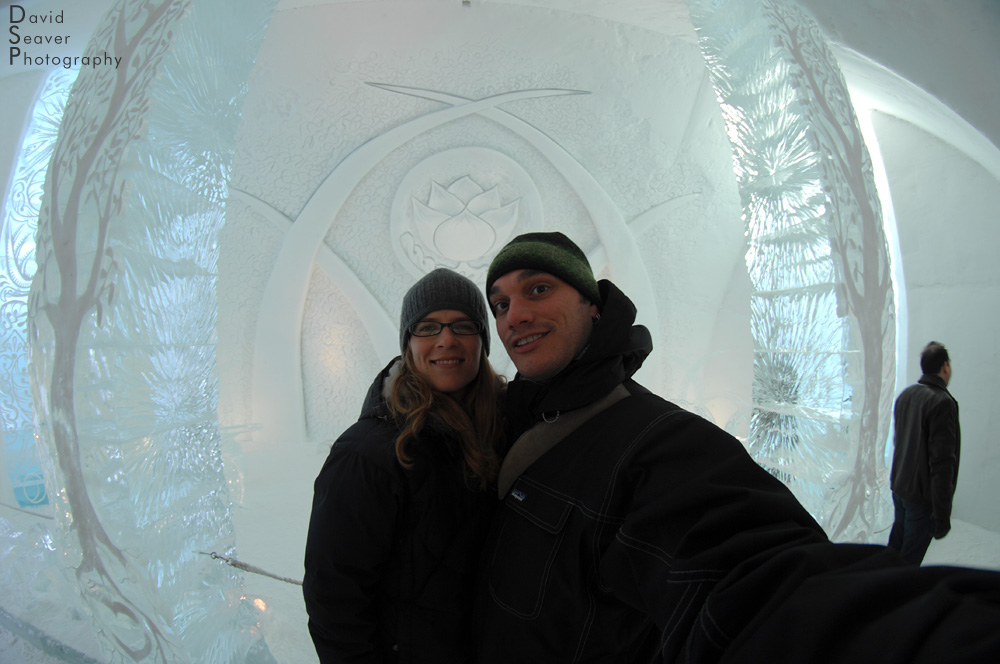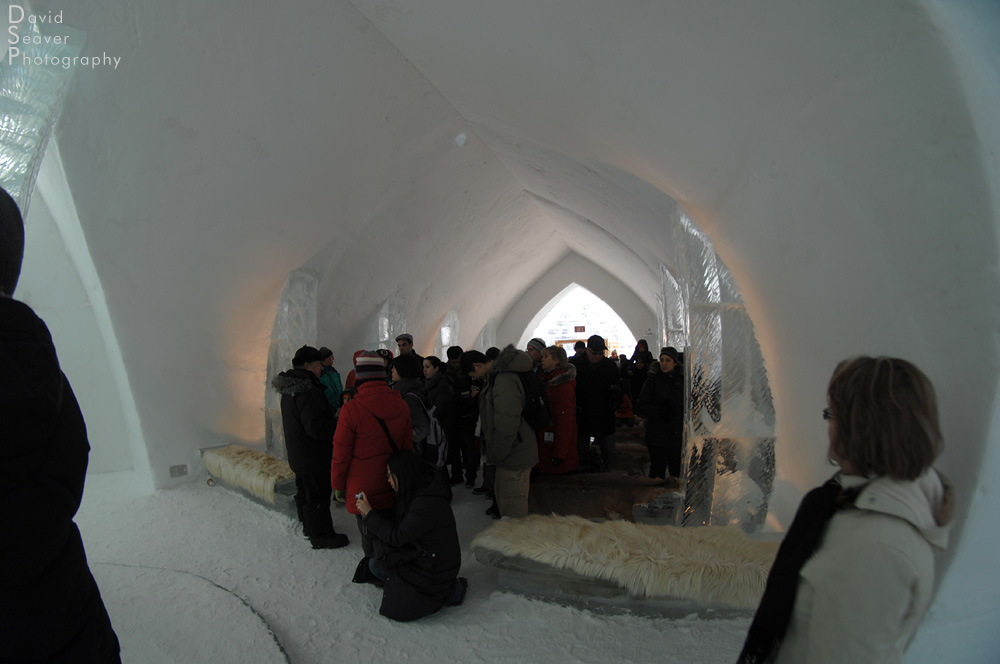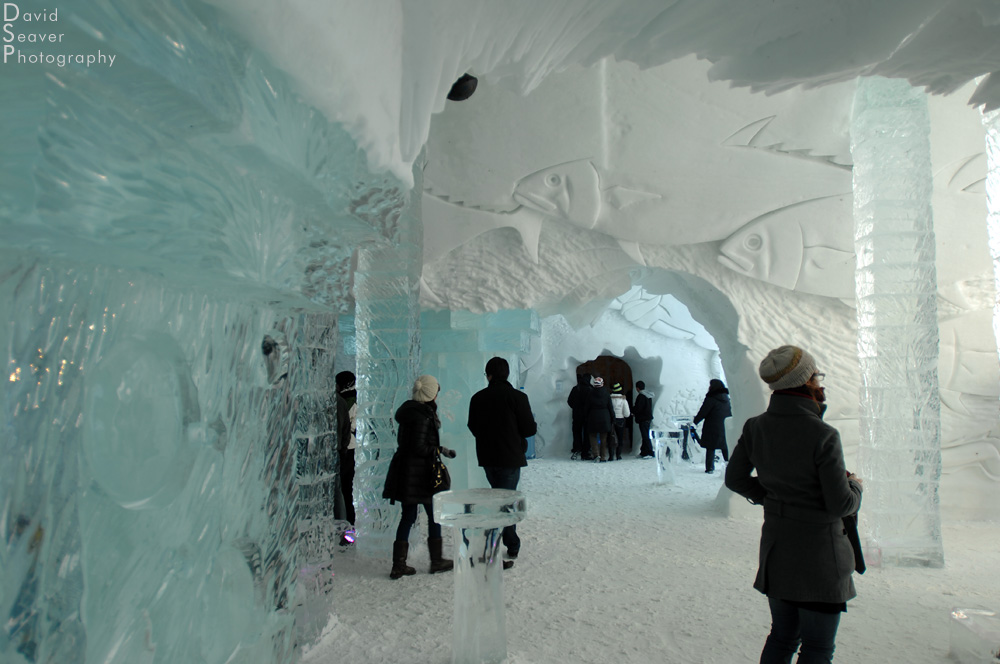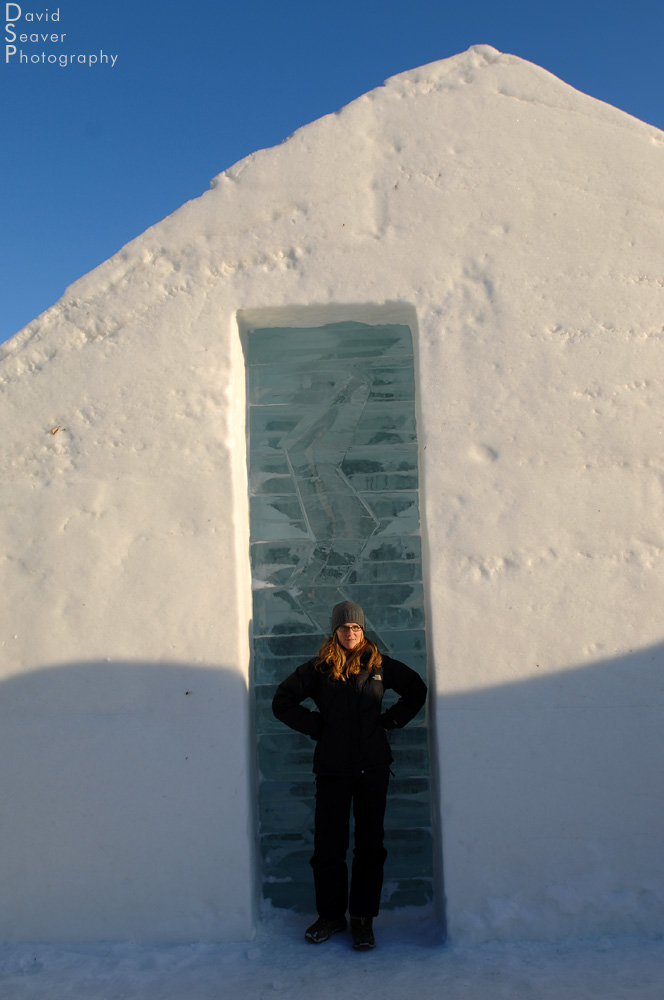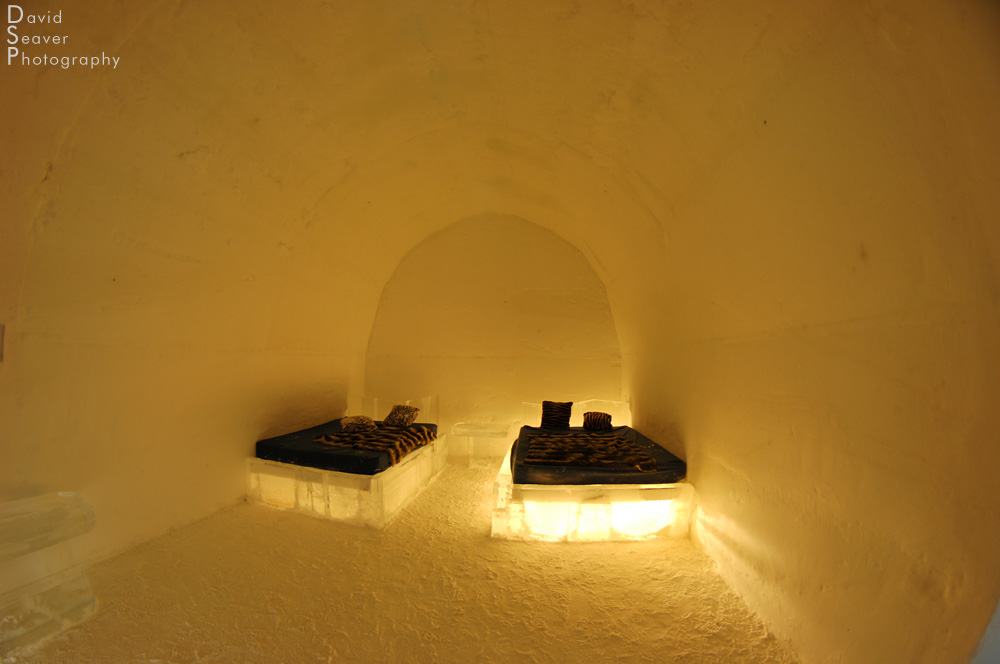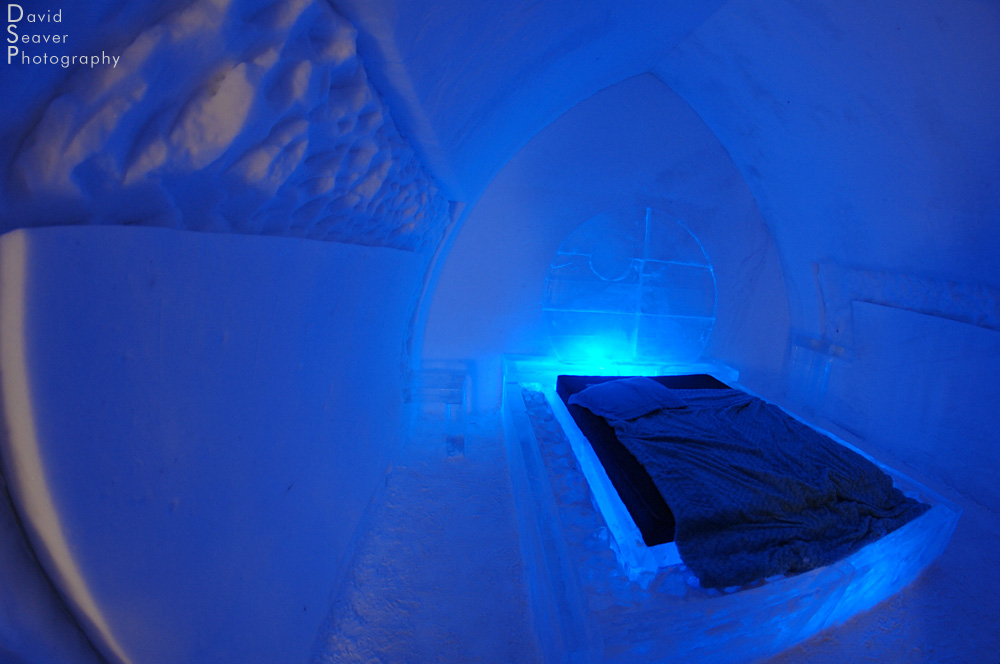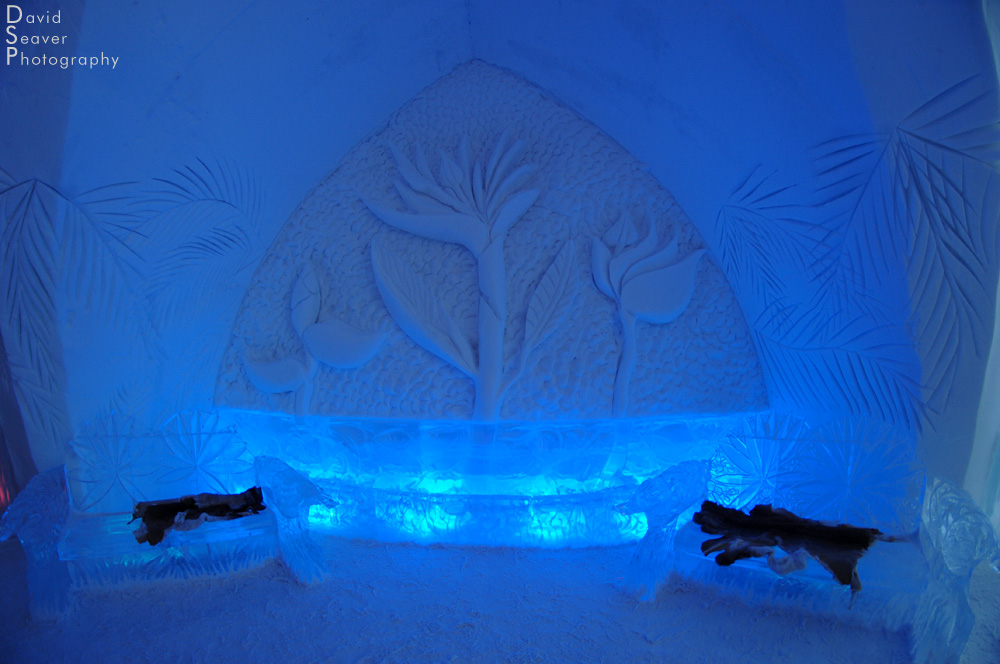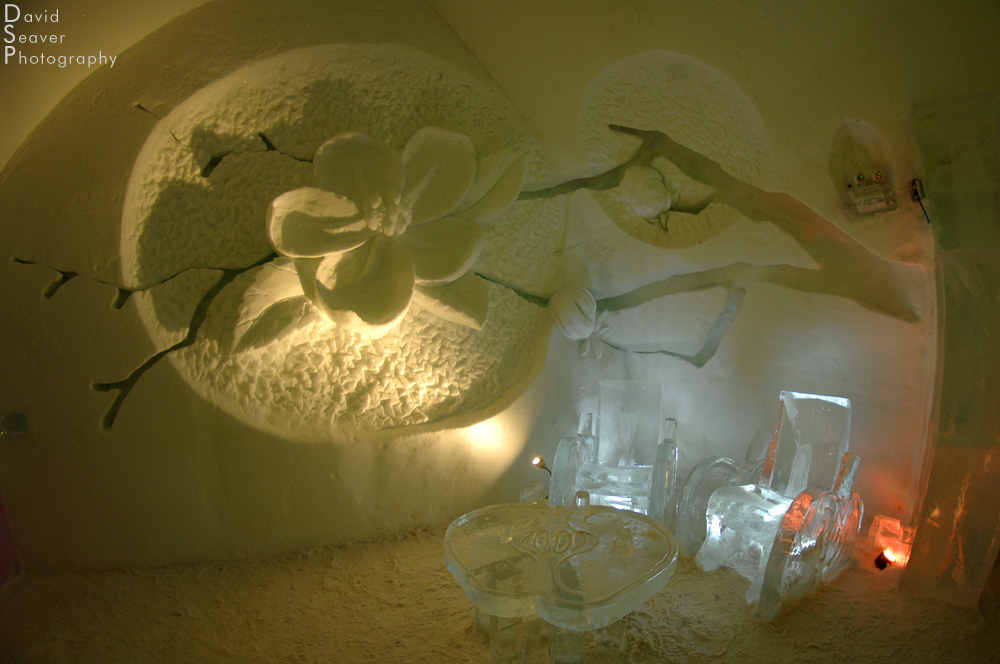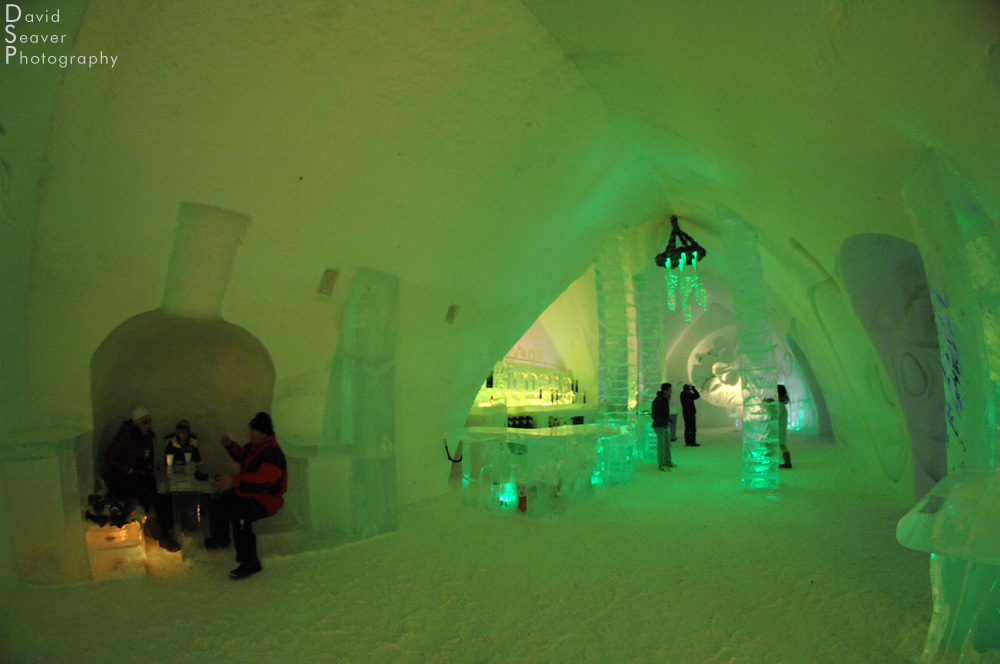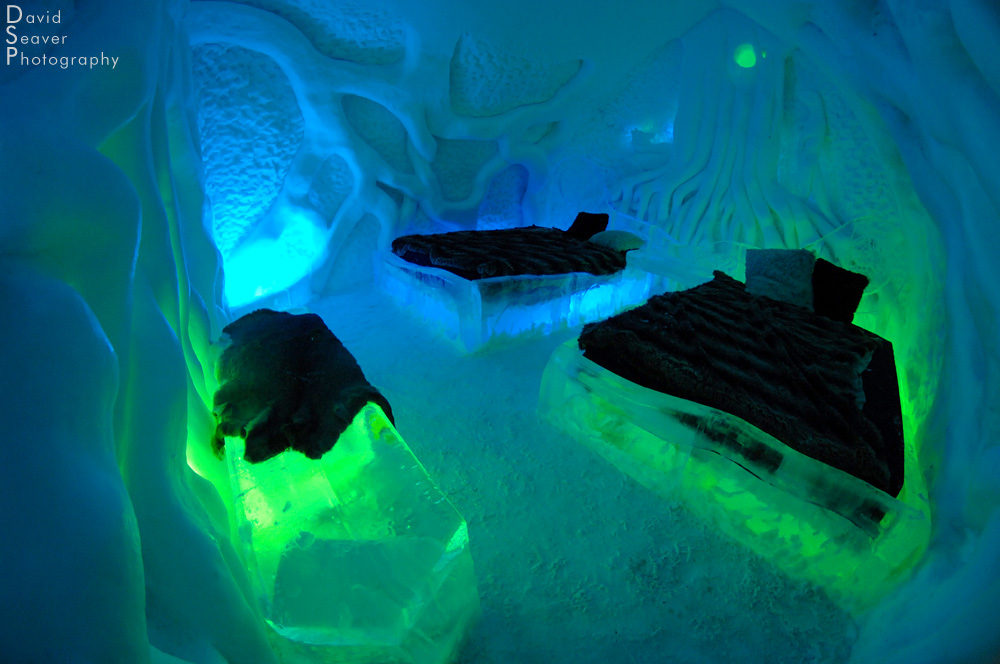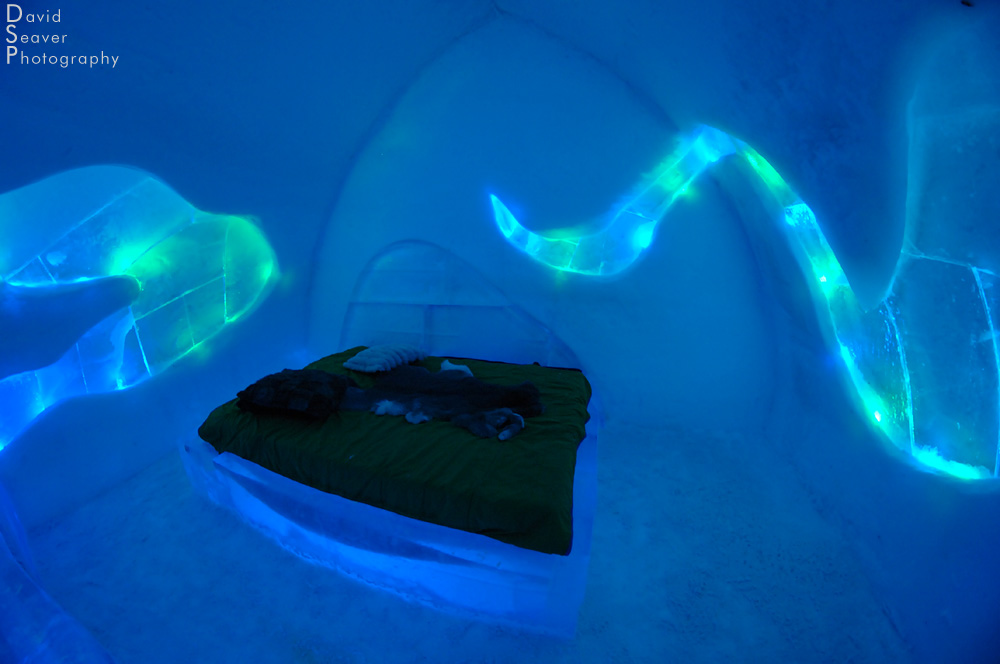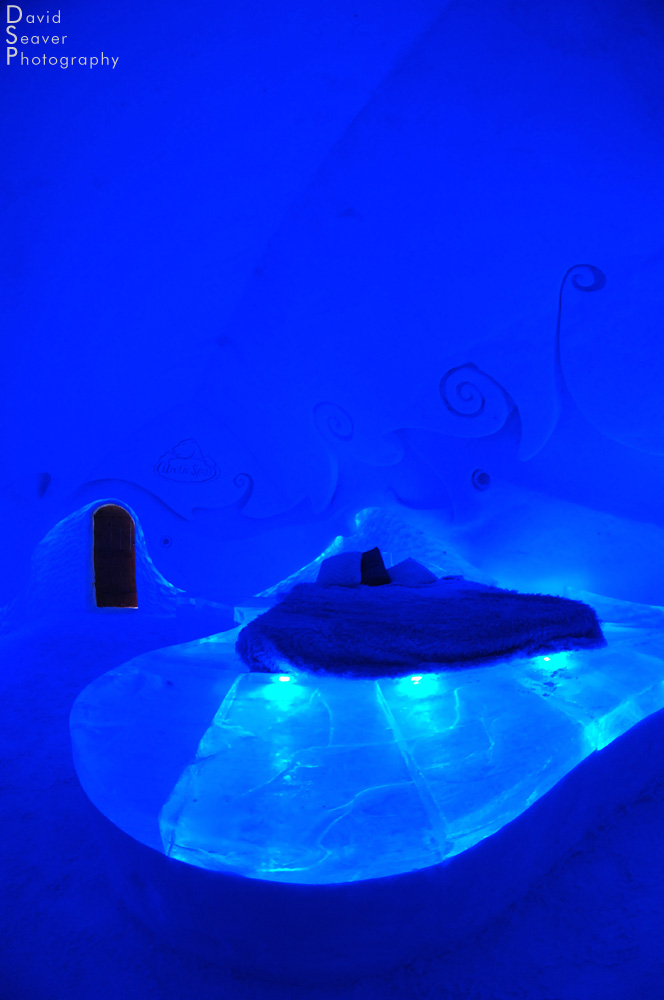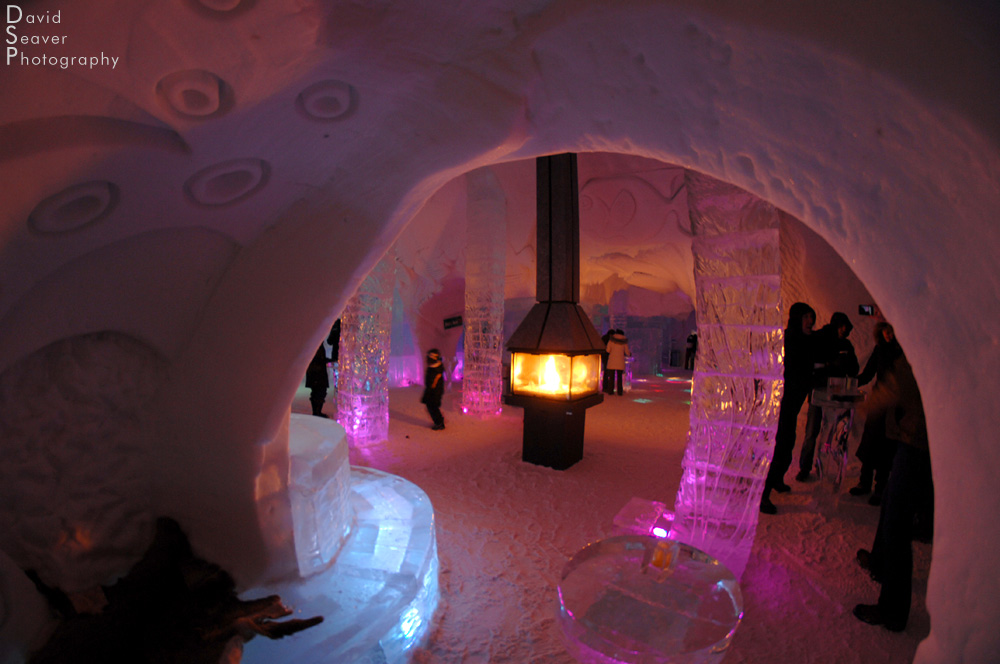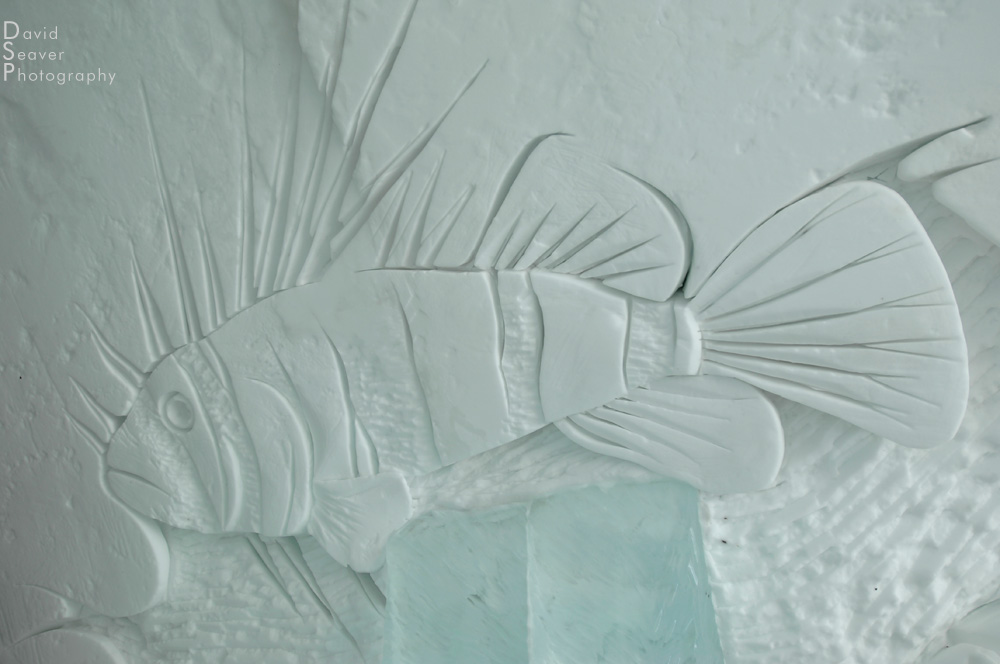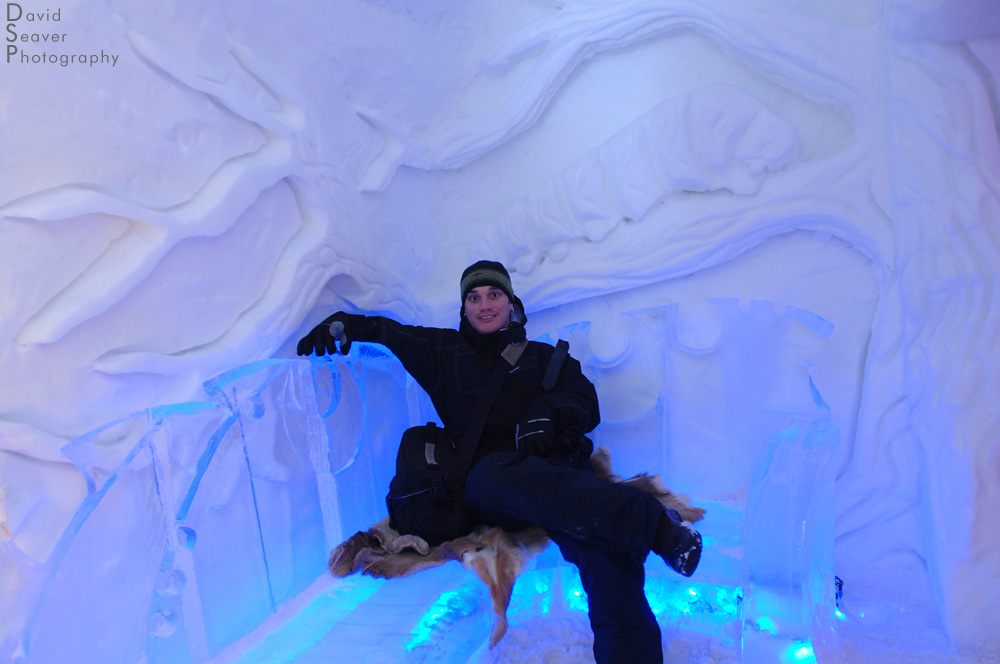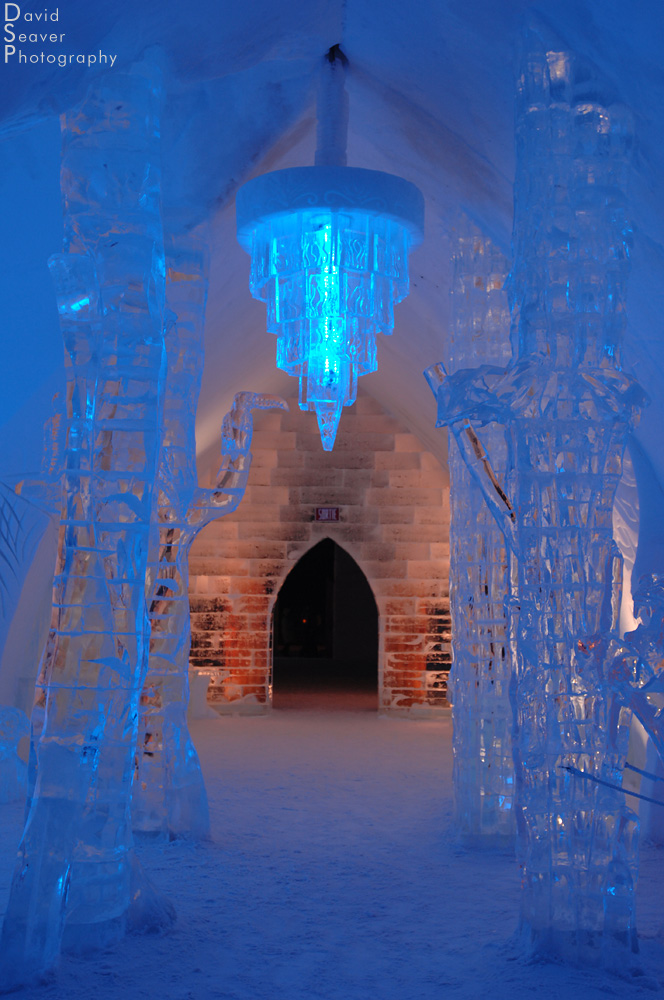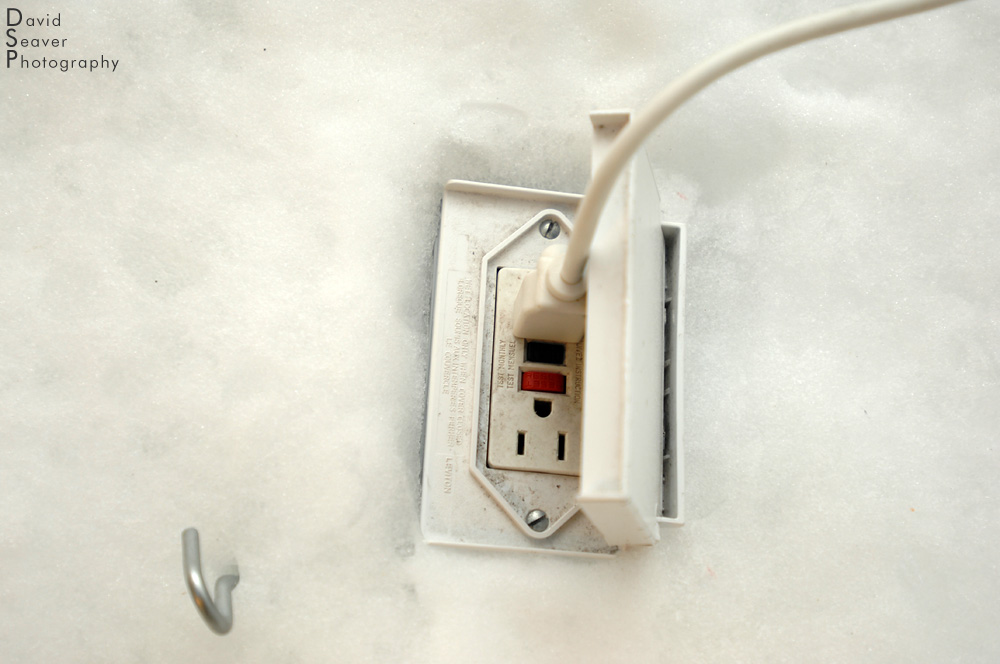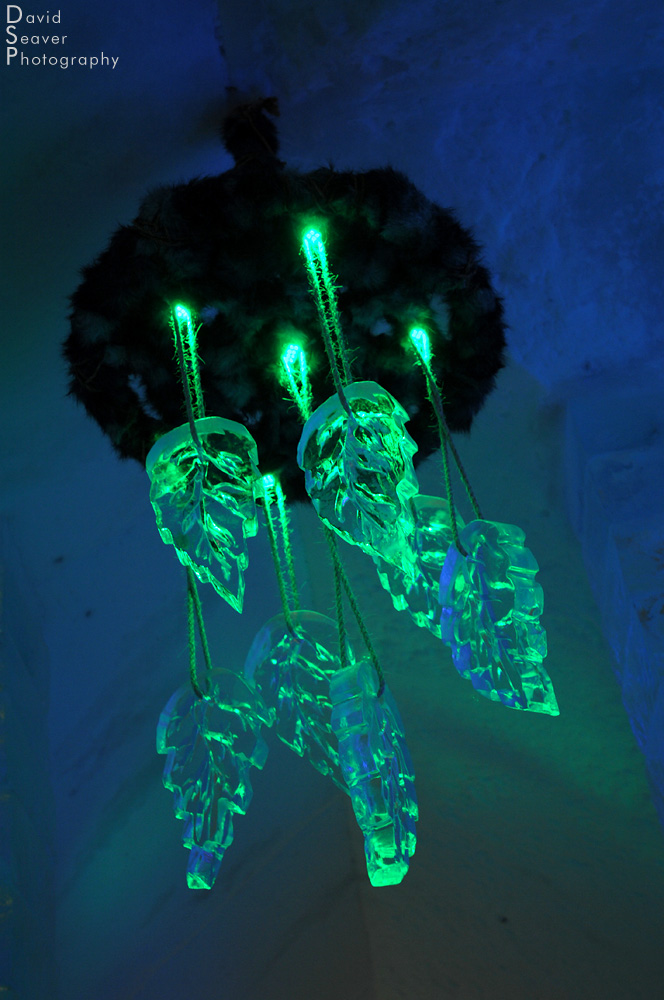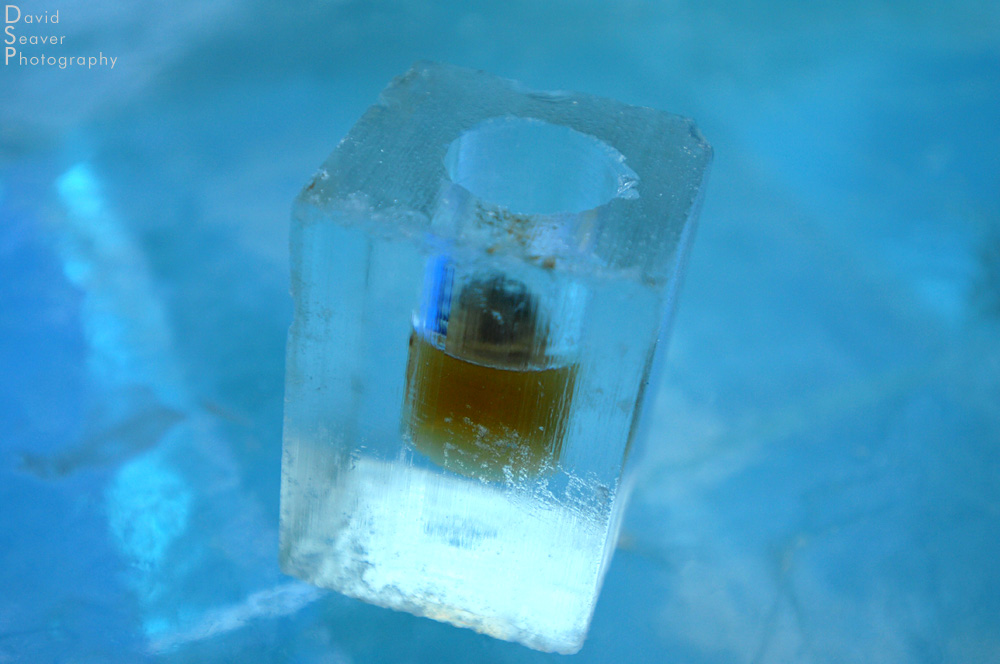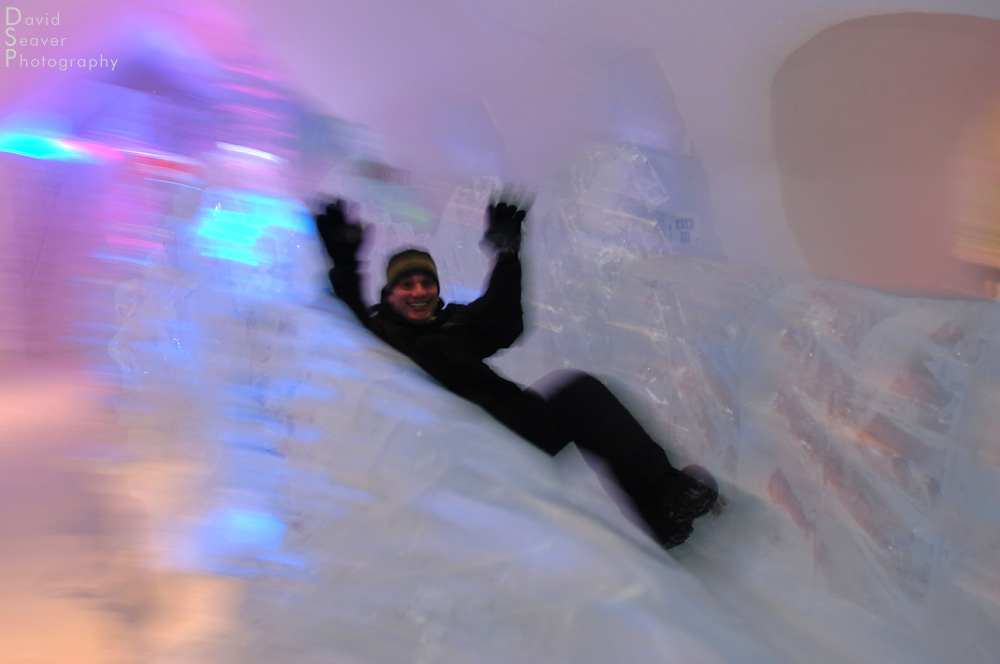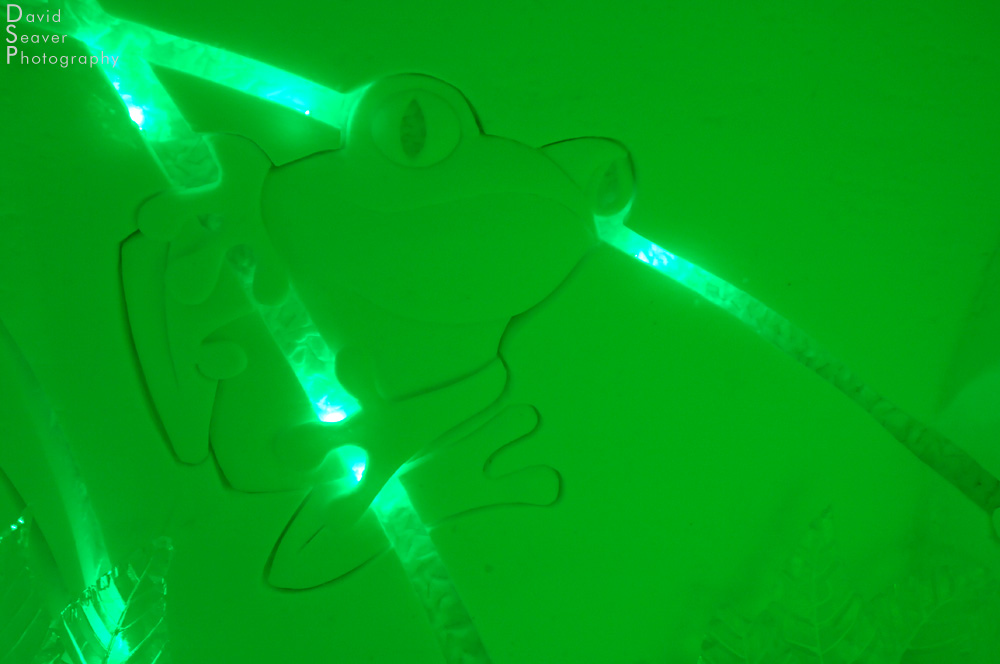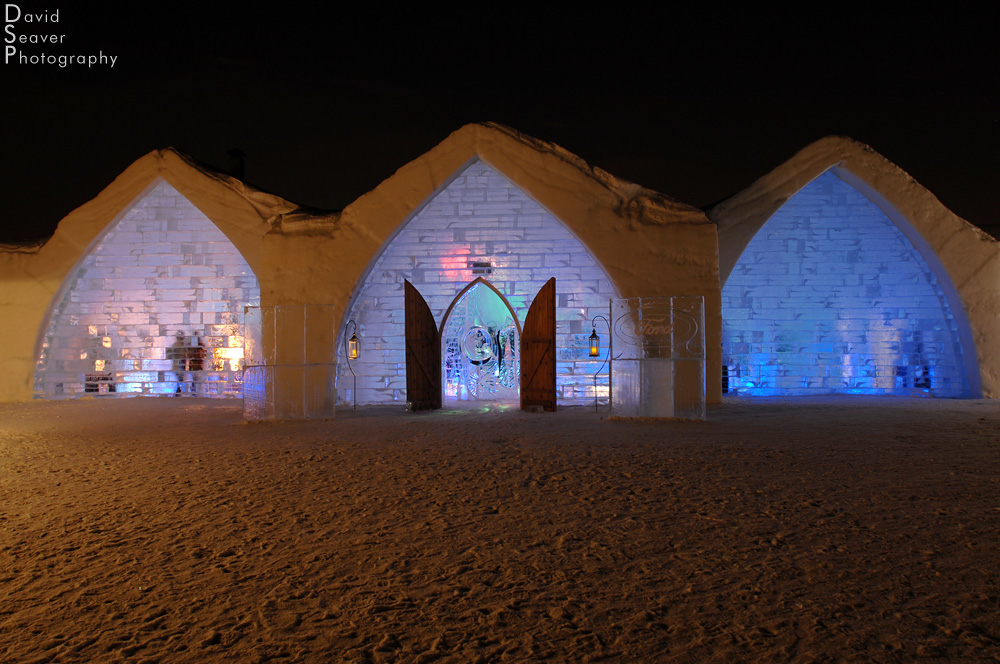How to take great landscape photos
Great landscape photos generally fall into two categories, photos created with patience and planning, and photos that are happenstance. I am a firm believer in both. While pushing to create amazing landscape photos, there will always be images that are only realized once you are in place.

Vermont's fall foliage. Nikon D2X, 17-35mm, Circular Polarizing filter
Living in Vermont, I consider myself extremely lucky with the abundance of beautiful landscape opportunities within a short drive (or walk from the house). Vermont’s fall foliage is legendary, and I would argue one of the world’s most amazing seasonal occurrences. The range of colors, the mix of light, the varying weather, and the blending of seasons make autumn photography an easy draw for thousands of photographers and tourists each year. While fall foliage may be one of Vermont’s best known attributes, landscape photography is an ongoing, year round, all weather pursuit. I’ve spent countless frosty pre-dawn mornings racing to find the perfect frozen leaf in a field of glistening grass, and trudged through hip deep snow to get the right angle on a deep winter scene. Each season presents it’s own highlights and peculiarities and this is where gaining as much knowledge of your surroundings, weather, sunrise/sunset times, moon cycles, and local customs and laws can take an interesting scene to the next level. I am constantly returning to the same places in different seasons, looking for that special touch of light, or a light fog to give it that something extra.

Sunflowers in Vermont. Nikon F100, Fuji Velia 50, 70-200mm
Although I wouldn’t consider myself a morning person and have tens of thousands of sunset and late day shots, there’s something magical about the early morning, before and right after sunrise. Unique things happen in the morning. Frost only lasts until the sun hits it, giving you a maddeningly brief amount of time to shoot those crystals. Fog, while not unique to the morning can sometimes be most reliably predicted in the morning (I’m speaking only of Vermont here, not of coastal areas where fog can come at anytime). In winter, fresh snow has a certain twinkle that seems to diminish as the day progresses. Skies are also sometimes clearer in the early morning as the clouds haven’t had a chance to form throughout the day. The earlier you get out there, the less you have to deal with traffic and human interruptions. Driving around and stopping on country roads can be hazardous, especially with sleepy drivers on their way to work, but generally most people wave and look longingly at the scene that you the photographer is experiencing first hand.
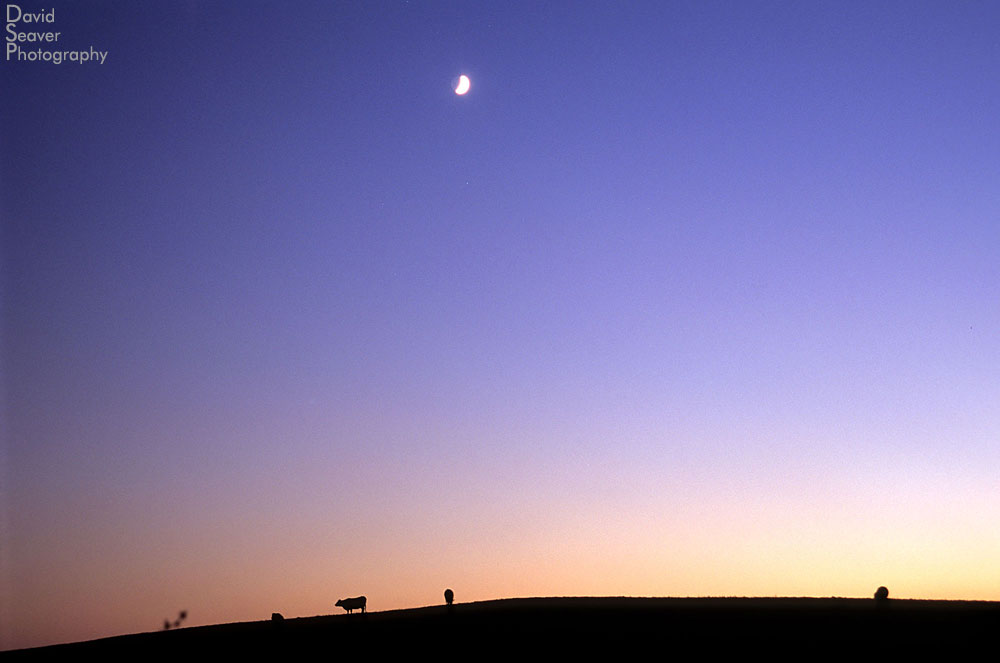
Cows at sunset, Vermont. Nikon F100, Fuji Velvia 50, 24mm
There are endless ways to shoot landscapes, from the macro to the mountains. My approach is to head to a place that I think will give me the best opportunity to get a good wide shot, and fill in with details, tight telephoto shots, and all the other combinations once I’m there. My forethought always involves the sunrise times, combined with where the light will be entering the scene, how the shadows play with the highlights and if there are any unique things happening. Putting yourself in the right spot at the right time will help you get a good shot, but you still have to compose a striking and engaging image to capture a viewers attention.
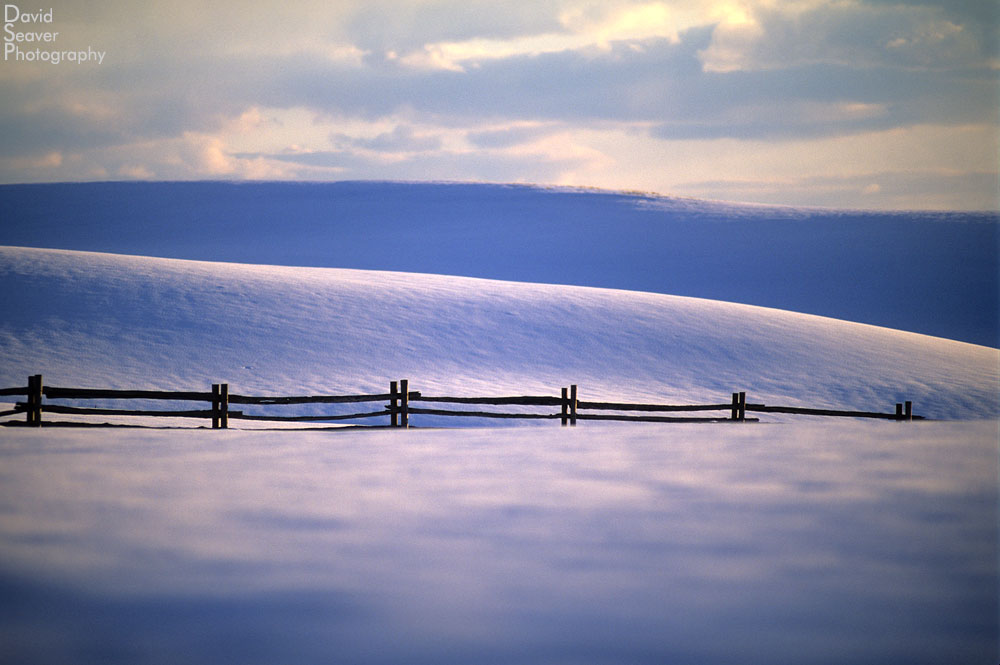
A fence in winter, Vermont. Nikon F100, Fuji Velvia 50, 70-200mm
Composing great landscape photographs is a game of what to keep and what to cut. Are you looking for a clean scene, or one with many parts. A good way to approach landscape photography is to start identifying your foreground, middle ground and background. Yes, those mountains are beautiful, but by including something, a flower or grass, in the foreground can give the photo depth and ground it with a sense of scale. Think of Bob Ross’s famous painting shows. He always worked with fore, middle, and background elements, each adding their own weight to the image.

Red maple leaf in Vermont. Nikon D2X, 50mm
As I’ve discussed in earlier posts, composing great photos isn’t about putting something in the center of the frame. Push a tree to the side, let the river trail off into the distance, give the sky lots of room (or don’t). Move the camera around. Lay on the ground, climb a tree. Try to get that new perspective that no one has thought of yet.
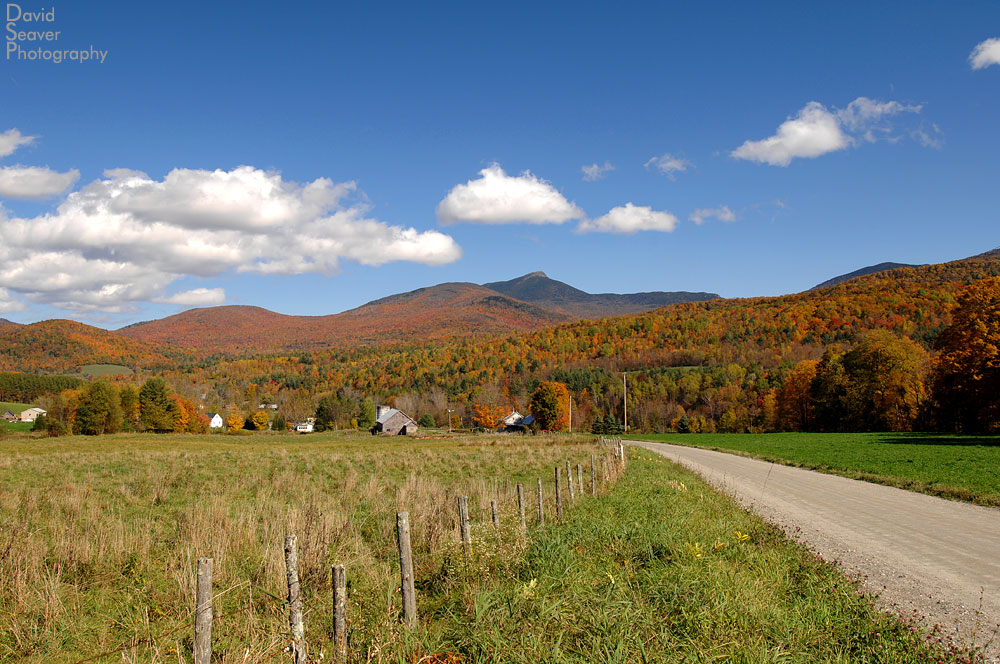
Vermont country road with fall foliage. Nikon D2X, 17-35mm
While the classic image of landscape photographers is one with a large format camera and a heavy tripod resting on their shoulder, newer digital cameras allow more ability to handhold photos with a great depth of field. That said, shooting on a tripod at your slowest ISO and high f-stops is always a good idea if image quality is what you’re looking for. Shooting on a tripod also forces you to slow down and pay attention to composing an engaging a great photo. The detail of a medium or large format camera is perfect for landscape photos, but the cost and technical skill required is beyond what most people want to get into.
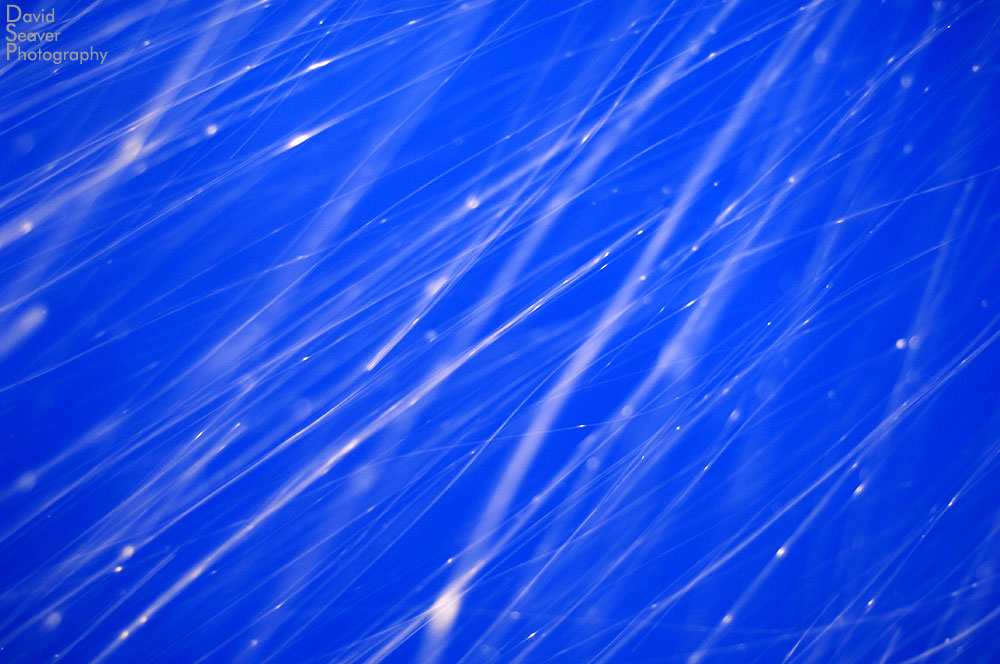
Snow falling at night. Nikon D2X, 17-35mm, 2-3 second exposure
Post production can be an integral part of great landscape photos. The difference between a flat photo and one with dynamic tones and shades of light can come down to what happens after the fact. The best example of post production perfection was Ansel Adams, a master printer who would coax a feeling out of his photos while in the darkroom. If you ever get a chance to see a real Ansel Adams print up close, do it, the look so much more impressive than the copies and posters that fill our world. While some photographs come out of the camera looking the way they should, many don’t. I’m not opposed to cropping or burning and dodging, but adding or subtracting things from a scene changes it from a landscape photo to a digital creation. I would consider myself a purist, shooting what the world presents. I only occasionally use filters and limit them to polarizers and neutral density filters. I think the colored filters can give photos a very fake look. They stick out like a sore thumb in a bunch of well crafted images. The same can be said for HDR photos, which tend to look gimmicky after seeing more than one.

Looking up at the color of fall, Vermont. Nikon D2X, 7mm fisheye
So keep shooting. Keep going back to places you’ve shot before. Keep seeking out new places. Landscape photography is ongoing and essential for preserving our nature and capturing this time and place.
How to Take Great Travel Photos
Great travel photos are all about being in the right place at the right time. Does that mean it’s all luck. No way. You can ‘create good luck’ but doing a little research, talking to people, and generally saying YES to opportunities.
I love travel photography. It’s what pushed me towards pursuing photography (instead of silversmithing, which I was intensely studying), it has been the driving force in my professional life, and it acts as a rejuvenating activity to keep me fresh creatively.
Travel photography makes you think fast, observe closely, and generally helps to push you out of your comfort zone. When you only have one chance to get the shot, it should make you think just a bit more about the kinds of photos you want to create. When you are seeing things for the first time, you have the perfect opportunity to capture them in a creative way.
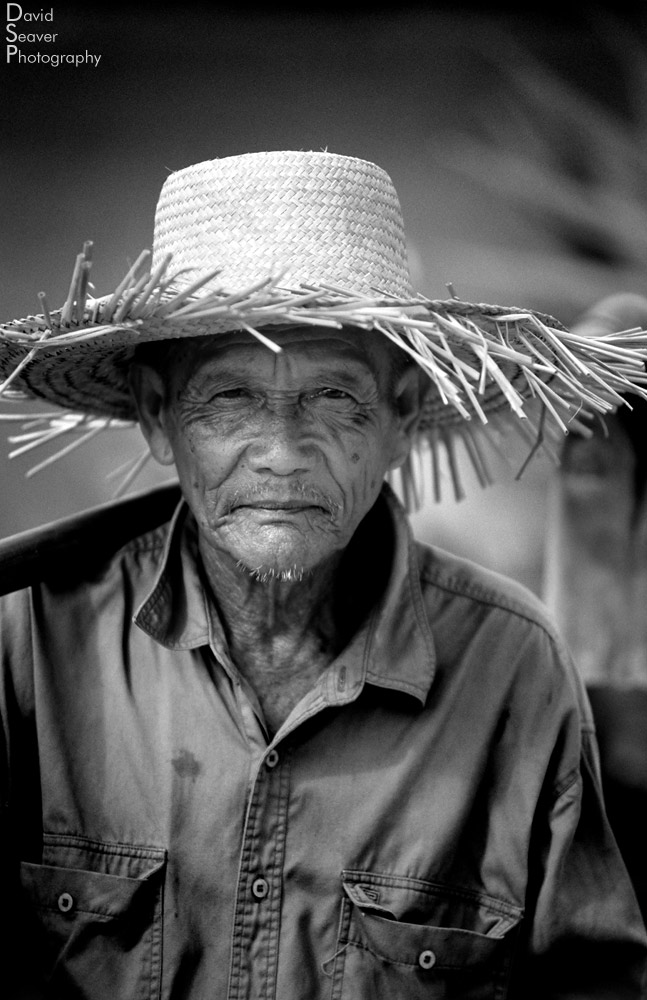
Nikon F100, 70-200, f3.2, Fuji Velvia 50, b&w processed in Photoshop
While riding around the countryside outside Kep, Cambodia on the back of my friend/fixer Rya’s rented moped, we had stopped so I could photograph the landscape, verdant green rice paddies leading up to dark green mountains. After a few minutes this old man came walking down the road. He was a 72 year old rice farmer that had survived the Khmer Rouge and the civil war in previous decades and was happy to chat and be photographed.
The light was hard from a late afternoon sun, but there was enough bounce from the light red dirt road we were standing on to not give super deep shadows. Although I shot a number of different angles of this man, I like the shallow depth of field keeping the focu on his weathered, kind face.
While traveling may begin as a search for place, it ultimately ends up being about people.
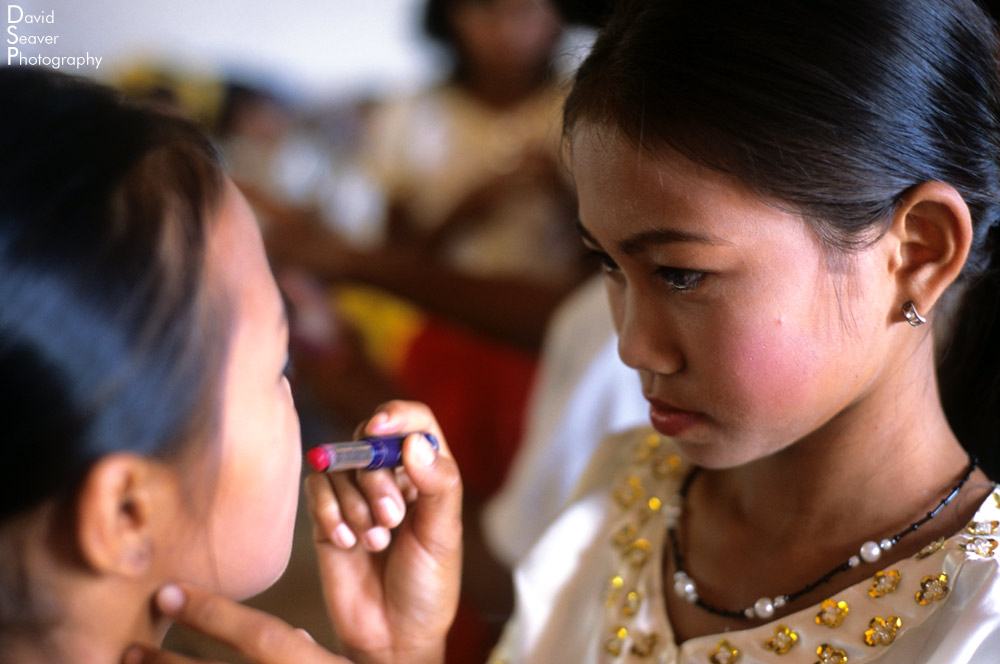
Nikon F100, 50, f4, Fuji Provia 100
Before children were to put on a traditional Khmer dances, there were filling a school room getting ready. It was slightly chaotic with kids running around, so I looked for interesting moments I could focus on to calm the scene.
When the action starts I find myself on auto-pilot, shooting instinctively, flowing really well. It’s these moments that I strive for, a photo-zen.
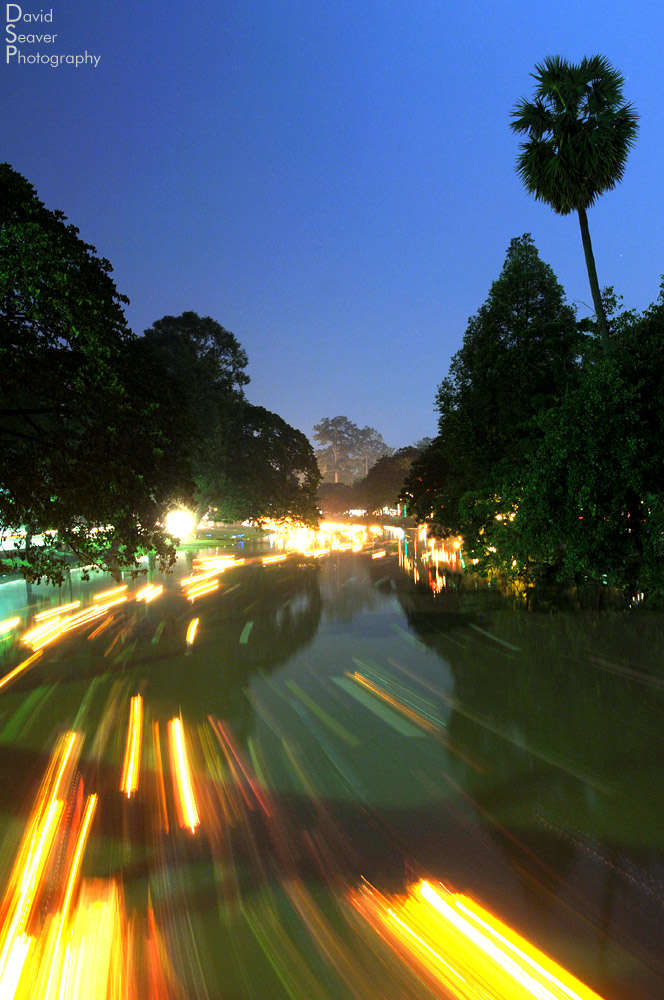
Nikon D2X, 17-35, f7.1, 30secs
As the chaos of the annual water festival swirled around town, I worked my way down the river, grabbing shots where I could. It was a sea of humanity, many sending floating candle boats down the river. From one of the bridges I made this long exposure of the candles blurring as they make their way down stream. I wasn’t carrying my tripod, so the camera is resting on the edge of the bridge, triggered by the self timer. I definitely had one hand on the neck strap, in case the camera decided to jump off the edge.
Traveling to countries while they’re having annual celebrations is an easy way to soak up the local culture and there are photo opportunities everywhere.
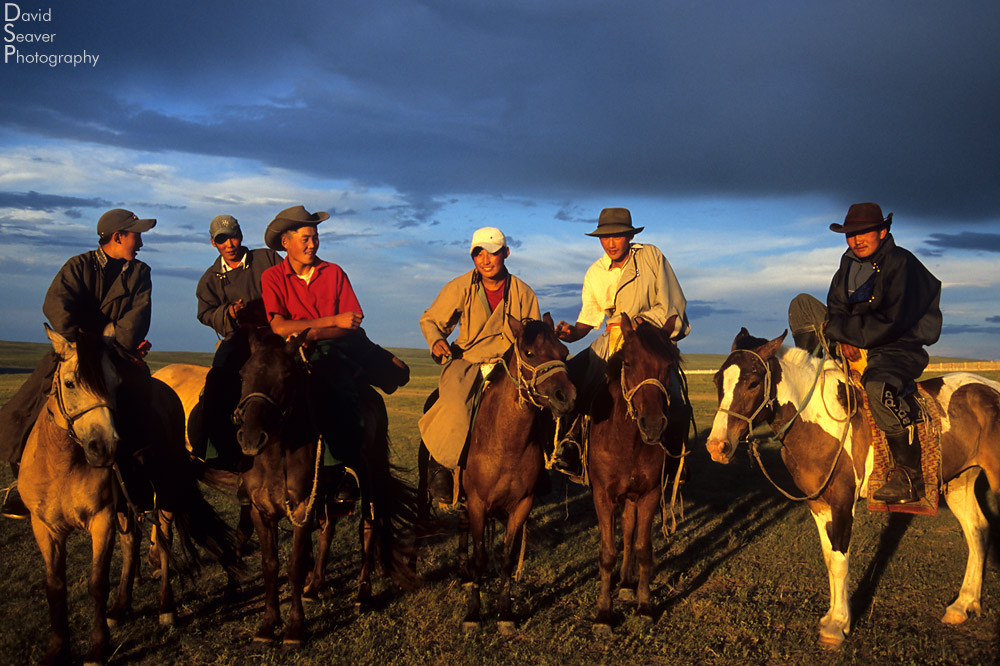
Nikon F100, 24-120, f5.6, Fuji Velvia 50
Traveling presents encounters that you don’t get in your normal life.
After driving all day through overcast skies, we reached our destination for the night, Oggi Noor Lake. We were sitting in our SUV, mustering up the energy to set up camp, when the sun dropped below the clouds and bathed everything in it’s golden light. I jumped out of the SUV and started shooting when I noticed a group of teenage boys on horseback on the beach below me. They saw me and waved me down. I clamored down to them. They were very excited and offered me a drink of vodka. After a few minutes of hand gestures we all made our way back up to where the others were. I shot a bunch of group photos and a few portraits before they headed off in different directions. In a few minutes, what had been a drab day turned into the best light I saw the whole trip.

Nikon F100, 70-200, f2.8, Fuji Velvia 50
After the young Mongolian riders left, I captured this shot that I think sums up Mongolia the best and has been a favorite of mine over the years.
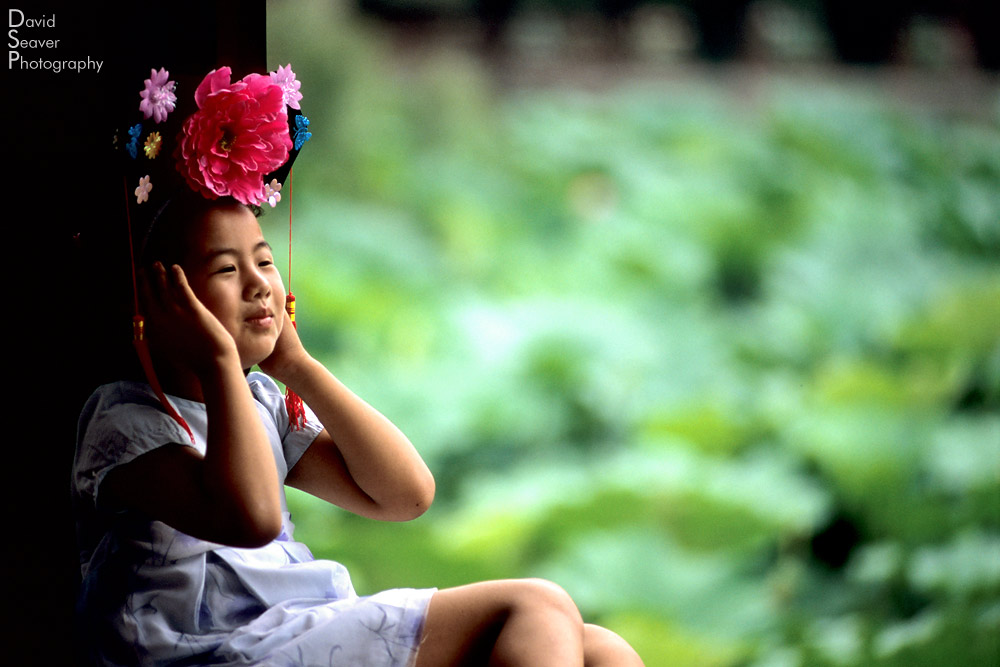
Nikon F100, 24-120, f4.5, Fuji Provia 100
This was a grab shot while meandering through the Summer Palace in Beijing, China. It was tough shooting with the bright smoggy haze that blanketed the city. The city was hot, in late summer. Shooting in touristy places like the Summer Palace, it’s sometimes hard to find new and engaging images that haven’t been taken a billion times before. This image came about as I was shooting the pond of lilies behind her. She sat down and started fussing with her hat. I made a few frames before the crowds overtook me and I moved on.
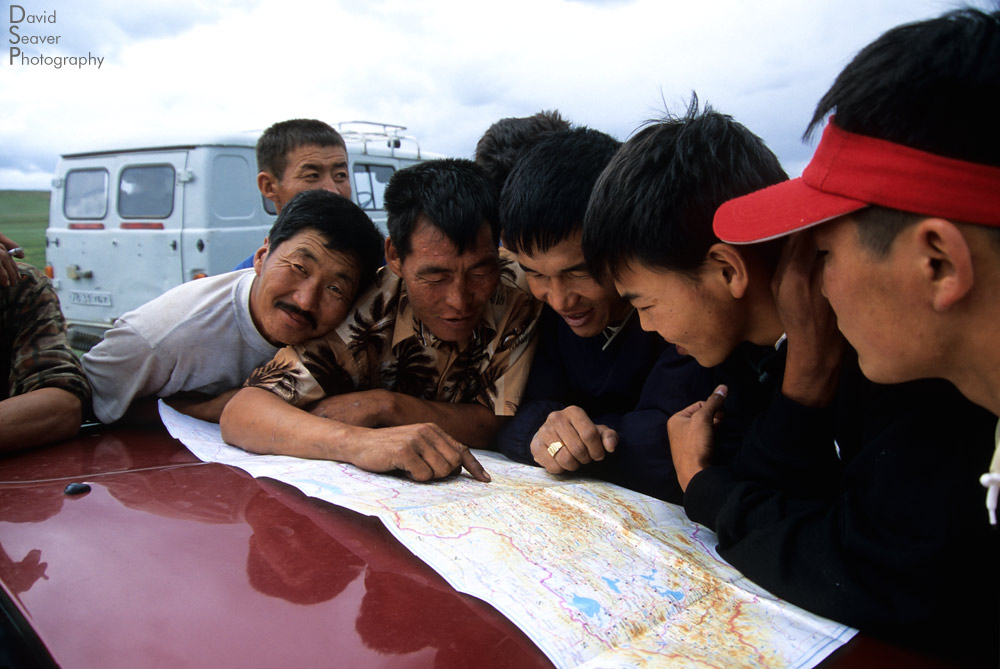
Nikon F100, 24-120, f5.6, Fuji Provia 100
Getting lost is part of traveling.
If your aim is to get lost, are you really lost?
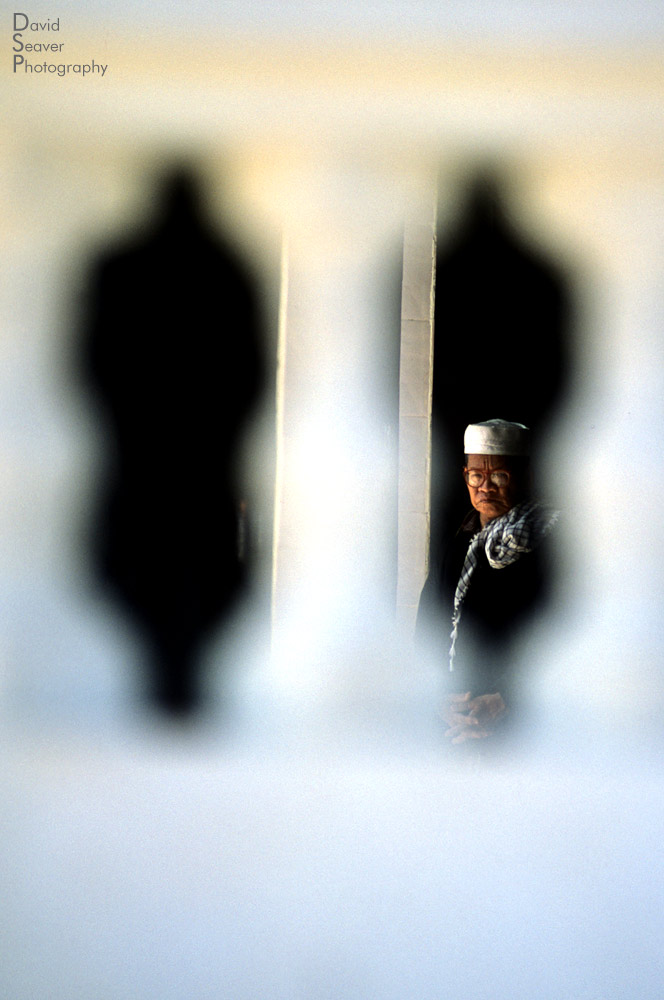
Nikon F100, 24-120, Fuji Provia 400
While in the process of documenting the small Muslim community in predominately Buddhist Cambodia’s city of Siem Reap, we were invited to join some of the community for a Ramadan meal. It was just after the time the USA was entering the war in Afghanistan and it was unclear how they would receive us. As with most people I meet traveling, they were exceptionally welcoming. I made this shot of an old man tentatively watching us from across the mosque, through a railing.
When I’m shooting I always look for things that can go in the foreground of a photo. I want to give depth and a sense of scale, add a bit of color, or just add a little framing. I couldn’t see over the railing, so shooting through it made more sense. You have to work with what you have.

Nikon D2H, 50mm, f4.5
If you really want the shot you might have to put up with some little annoyances.
The flies in Lake Mungo, Australia are persistent little buggers. You have about a minute from exiting the confines of your car until they cover you…or at least they covered me. I could barely handle it.
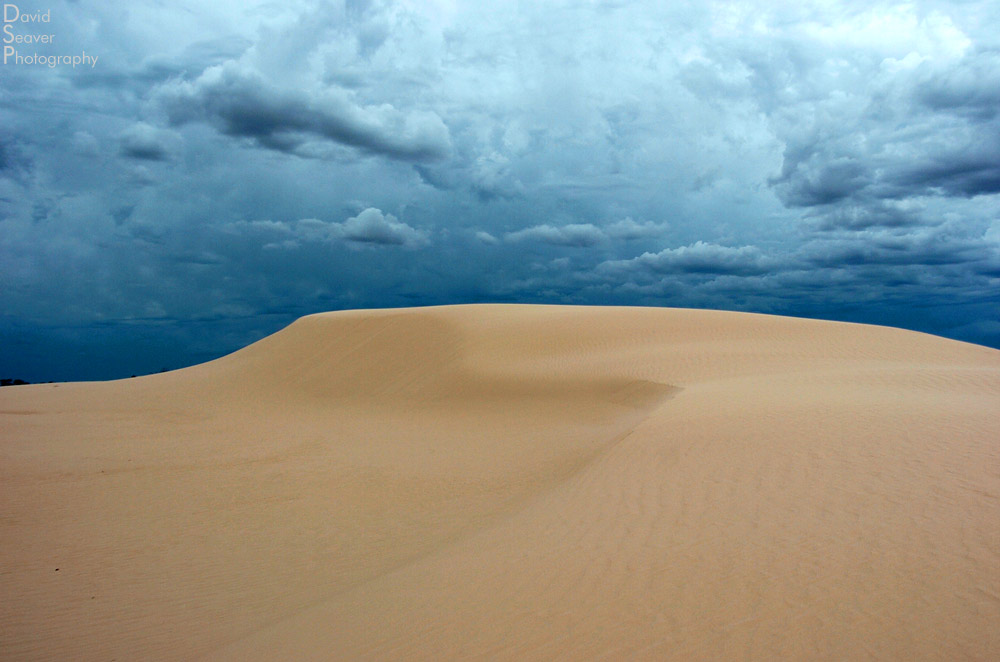
Nikon D2H, 24-120, f4.5
Forcing myself to not freak out over the flies rewarded me with this ridiculous landscape of one of Lake Mungo’s sand dunes with an impending rain storm that almost trapped us in the outback.
The weather can change in seconds. Those times can present stunning landscapes and colors. You may have to run for cover in a few minutes, but the leading edge of storms is a beautiful thing. Dark skies can also help to bring out the colors of the landscape.

Nikon D2X, 7mm, f1
There are times when you just get a feeling about which lens to use and how to shoot a space. When you’re in the golden orb at the top of the Bayterek Tower in the new section of Astana, Kazakhstan the time is right to pull out the fisheye. While I think that fisheye shots can be gimmicky, there is a time and place for every lens.
The need to keep changing things up when you’re shooting is key. Along with the fisheye photos, I also shot with a telephoto lens and a normal wide angle. This gave a whole range of images to work from. Knowing that I wouldn’t be back to this place again on our trip, I made a point of a taking a few extra minutes and making a few extra frames.
Take the time to stop and look around.
Packing the gear bag for the day in an unknown city is a tough exercise in preparedness, economy, and guessing. You want access to all your gear, but you don’t want to lug it around day and night. What I bring depends on if there’s a car involved or if I’ll be hoofing it all day. This day in Astana we weren’t doing too much walking, but we were still moving around too much for my huge backpack. I used a medium sized shoulder bag, carrying two Nikon D2X’s, 70-200mm, 17-35mm, 50mm, and 7mm lens, one SB-800 flash, and an extra layer of clothing. It sounds like a lot, and it is, but when creating images is what you do, you drag that bag around until your sore and tired.
I love all my gear, but there are days when it’s good to go super light, back to basics, one camera one lens. I usually go for the 50mm. Forcing yourself to work in that limited frame will get you thinking about your photos and lead to more creative shots. Going back to basics is a good thing to do, revisit what you know, push the boundaries a bit. One camera one lens, especially a prime lens forces you to move your feet, changing your angle and giving you a new perspective. Zoom lenses are wonderful, but nothing beats moving your feet.
Taking great photos is about patience when you’re waiting for the shot, then hustling to work the moment until it’s gone. Setting yourself up for shots is as easy as paying attention to your surroundings. If you see something that works well as the background, be patient and wait for something to come in front of it. Something invariably will. Pay attention to weather and lighting, sunrise and sunset times and put yourself in places to make the most of each. Some places that are ‘known’ for sunset might be just as stunning at sunrise without all the crowds.
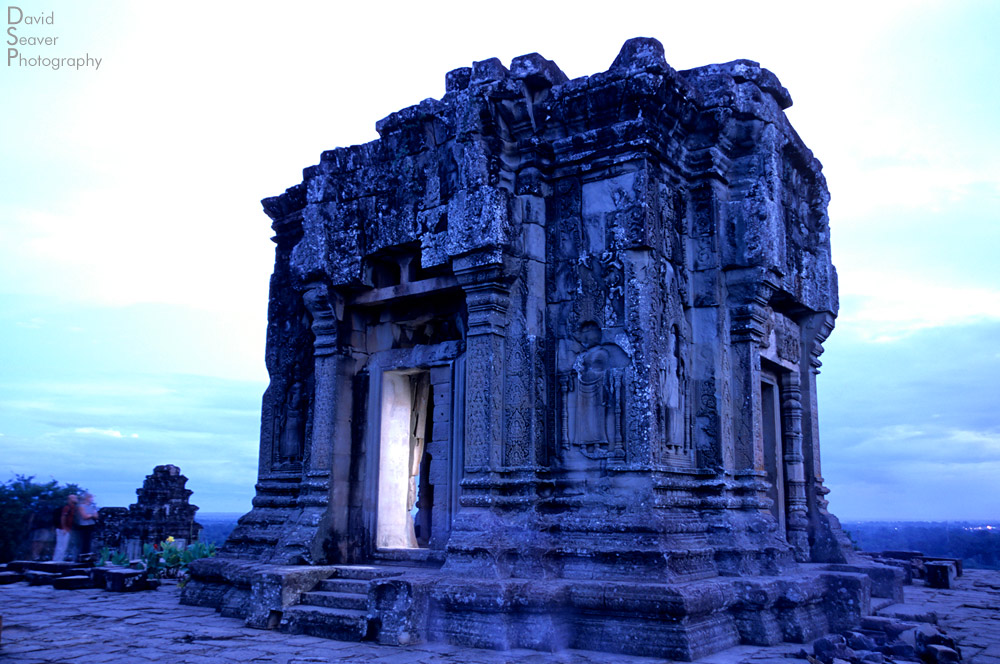
Nikon F100, 24-120, Fuji Velvia 50, SB-80 Flash, tripod
This shot was made just after sunset at Phnom Bakheng temple, overlooking Angkor Wat, in Cambodia. The camera is on a tripod, the flash is being triggered manually from inside the temple. The exposure is a few seconds. While making this photo we were already being hustled out by the guards before nightfall. You can always get a few minutes out of guards by being nice, starting to chat with them, and generally being polite. You’ll eventually have to leave anyways, and who knows, they might give you a private tour or show you some special place off the beaten track.
An interested, kind smile is your best currency when traveling, it is universally accepted and sometimes priceless.

Nikon D2X, 17-35mm, f18, 9 seconds
Try and get to places where you can have a view. This time lapse of the Bangkok, Thailand streets at night is from one of the many concrete pedestrian overpasses that are ubiquitous to South East Asia’s crowded cities. I wasn’t carrying a tripod, so I just rested the camera on the railing. It’s pretty hard to keep a camera still for 9 seconds, so find places to prop your camera. Time lapses are great for showing movement within a space. Is there crazy traffic? Are the crowds overwhelming? Go for the long exposure to convey the movement.
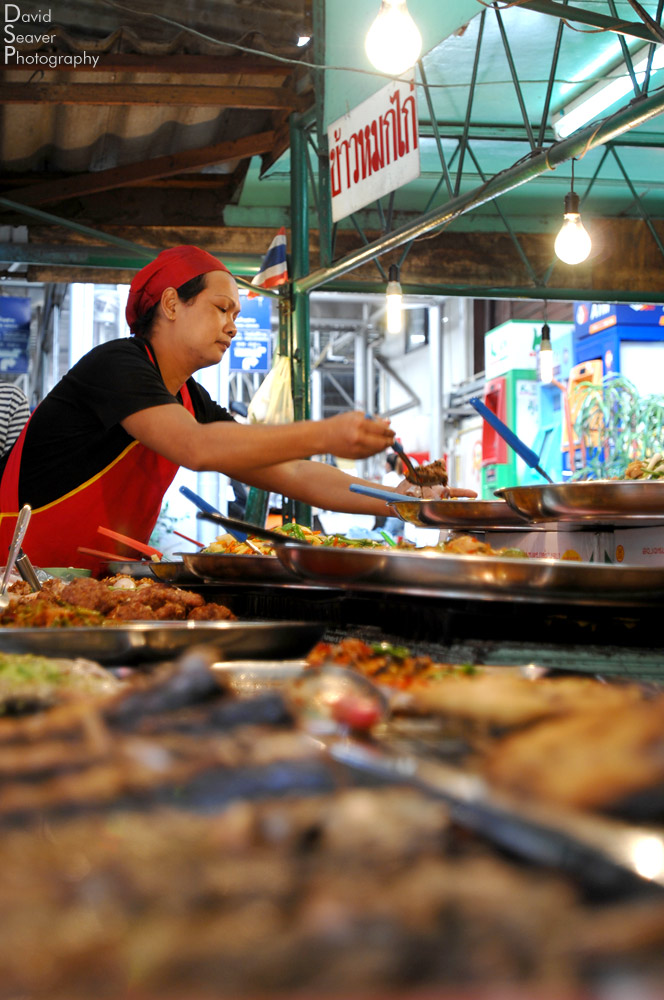
Nikon D2X, 17-35mm, f2.8
Follow your nose (and other senses) to take great travel photos. Street food is an amazing thing. Cheap, easy, and delicious. The best part is that people congregate near food, there’s usually lots of good color, and interesting moments to capture. And afterwards (or before) can you eat some interesting food! Ordering food or a drink from street vendors is a great way to break the ice and get you on a good foot for when you go back and ask to take photos of them.
When I’m traveling, it’s very apparent that I’m not your normal tourist taking little snapshots. When you bring out the big cameras people notice. Most people are very open to having their photos taken and I try and ask people if it’s okay before I get to it. If someone says no, then I just thank them and move on.
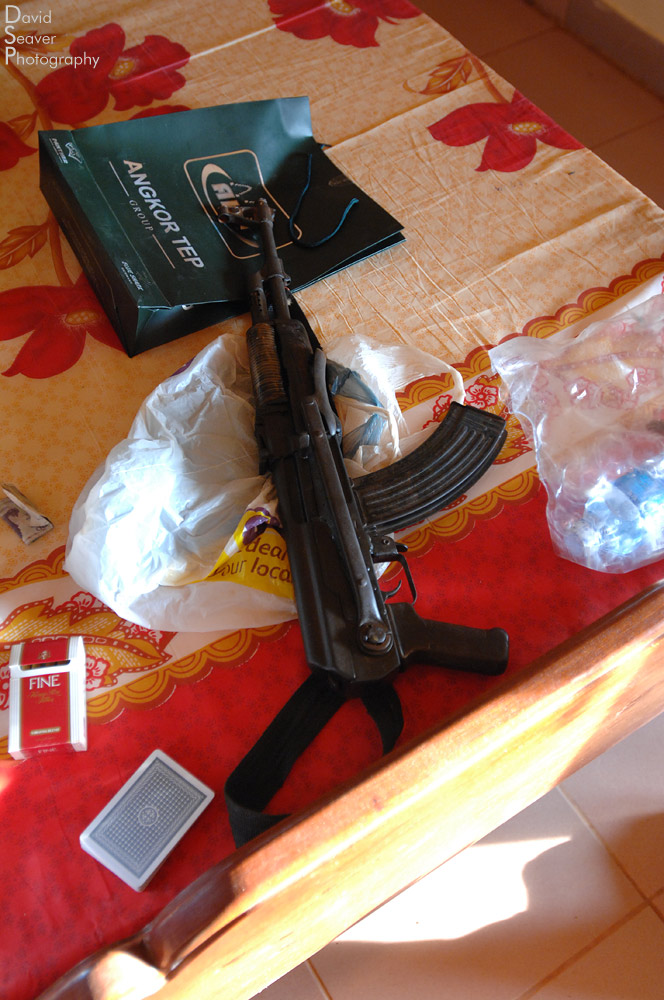
Nikon D2X, 17-35mm, f2.8
Traveling will surprise you.
Ok, so this isn’t a great photo, but it comes with a crazy travel story about getting lost in the Cambodian jungle on motorcycles. There are stories behind every photo.
Ice Hotel, Quebec Canada
This past weekend Miriam and I headed north to Quebec City and the Ice Hotel. I was last in the Ice Hotel in March of 2008 for a Vermont Vows photo shoot (possibly my favorite of the 100+ shoots I’ve done with them), but I’ve never spent any amount of time in Quebec City.
Aside from the incessant wind that brought the already chilly temperatures down to what even I would call ‘pretty cold’, we had a great time meandering our way through the Old City, stopping every so often for delicious food and the warmth of cafes.
Then it was off to the Ice Hotel. Winter is by far my favorite season and after being wowed by the Ice Hotel a few years ago, I’ve felt a need to go back. The sheer size of the structure is impressive, 36 rooms to sleep in, a chapel, bar/club, ice slide, gallery, and a cafe. Ceilings in the main hallways were about 20ft tall and temperatures never stray from the mid 20’s (regardless of outside temps). The Ice Hotel now has it’s own special location, a mere 10 minutes from downtown Quebec City. Each year’s incarnation is open from January – March.
They change the design of the rooms each year, asking artists to work their magic.
As always, these (and many more) photos of Quebec City and the Ice Hotel are available for purchase digitally or as framed prints through my stock photostore.
The Old City with the giant Chateau Frontenac towering over it.
One of the many horse drawn carriages.
Le Chateau Frontenac
Miriam enjoying the sun and snow.
Ice skating outside the Palais Montcalm.
The Ice Hotel Chapel’s front door
The alter inside the chapel.
Great details on the ‘stained ice’ windows and columns.
It took some time to push past the tour groups, but they finally thinned out.
Inside the bar/club. There was an under the sea theme throughout.
The door to the main gallery at sunset.
A basic double room
Themed room.
The gas fireplace is just for show. It’s insulated so that heat doesn’t escape and melt the room.
The chandelier in the main gallery.
Seating and wall.
Seating in the cafe.
The cafe
Inside the roots of a tree.
Gingerbread candy house.
The largest of the suites, this one had it’s own hot tub (outside the door)
After the sun set, the lights created a very psychedelic feel in the club.
Deer skins keep you from melting the ice when you sit.
Electrical outlets are throughout the hotel.
Chandelier
An ice shot glass with delicious maple whiskey
Sliding down the ice slide
I can’t wait to see what they do next year!

